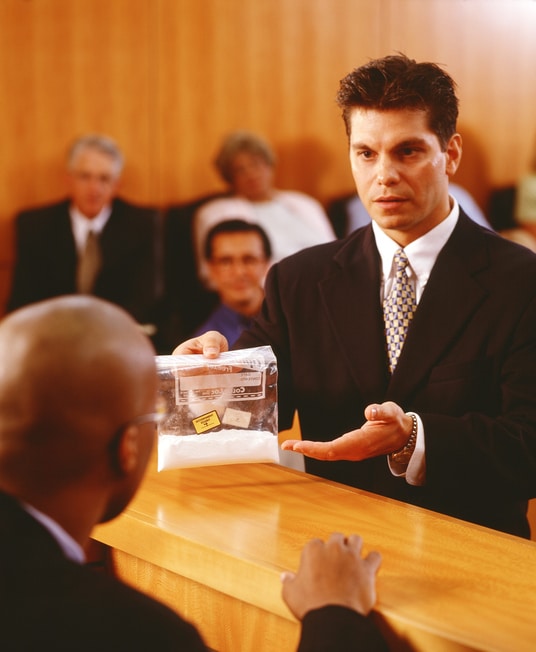Both direct and circumstantial evidence may be used in a drug prosecution.

The difference between the two types of evidence is relatively straightforward: direct evidence is any evidence that is directly observed or that provides a direct link to a crime. For example, in a drug possession case, if the police pulled you over and you had a bag of heroin in your pocket, that would be considered direct evidence of drug possession.
Circumstantial evidence, on the other hand, is evidence that supports an assertion, but is not direct proof of a crime. In the example above, if the police pulled you over and you had drug paraphernalia, such as needles and a spoon, but they were all clean (no residue), then it would be — at best — circumstantial evidence that you possessed drugs. A drug defense lawyer Los Angeles, CA could argue that you simply had those items — and that they were not linked in any way to drug possession, since you did not actually have any drugs on you at the time.
In a criminal case, direct evidence holds more weight in court because it is generally firsthand proof that a person committed a crime. However, that does not mean that direct evidence is always a “slam dunk” for the prosecution. It can often by tainted by a person’s bias or by other factors. For example, consider a case involving an allegation that you were selling meth. The “direct evidence” of the crime is that your friend, Joe, told police that he bought meth from you on five occasions, and provided the police with the meth that he said he bought from you. However, your drug defense lawyer Los Angeles, CA, did some digging and learned that Joe isn’t really your friend — he has been dating your girlfriend behind your back, and wants you out of the way. His testimony might be considered less credible as a result, so unless the police had audio or video recordings of the alleged drug sales, this “direct evidence” might not be proof of anything other than Joe trying to set you up.
On the other hand, many people believe that circumstantial evidence is not enough to prove a criminal case. However, as a drug defense lawyer Los Angeles, CA can explain, while circumstantial evidence is not generally as strong as direct evidence, when you add a lot of circumstantial evidence together in a case, it can build a very strong case. For example, if the police arrest you for drug manufacturing, they might not have direct evidence that you are making drugs. But they might have receipts showing that you purchased certain chemicals and equipment, neighbors that will testify that they smelled certain odors coming from your house, and bank statements that show large cash deposits. Even if the police didn’t catch you in the act, the prosecutor may be able to prove the case using circumstantial evidence.
If you have been charged with a drug-related charge, you will need a drug defense lawyer Los Angeles, CA. Contact the Chambers Law Firm today at 714-760-4088 or dchambers@clfca.com to schedule a free initial consultation or learn more about how we can help you.




